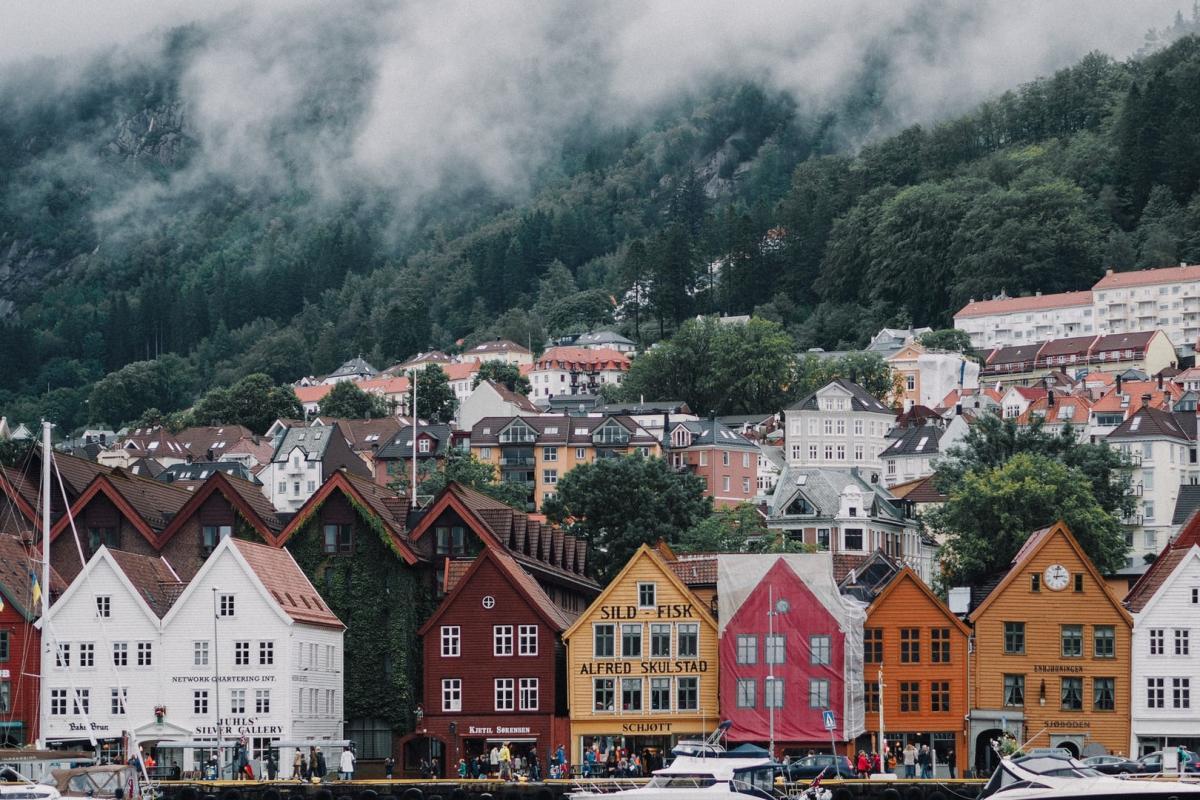24 Poland Education Facts (learn about Poland’s education system)
Did you that school is mandatory from 7 to 18 years old? Or that education in Poland is one of the most modern in Europe?
Discover more thanks to these 24 amazing Poland education facts! 🇵🇱 🎓
TABLE OF CONTENTS [show]
The Best Facts About School in Poland
Poland is the fifth-most populous country in the European Union. It is located in Central Europe, and it is bordered by Lithuania, Russia, Belarus, Ukraine, Slovakia, the Czech Republic, and Germany. Its capital city is Warsaw, which has almost 1,800,000 inhabitants (but more than 3,100,000 if you count the metropolitan area!).
An interesting part of the country that I wanted to tackle is its education. In light of that, I have listed my 24 best facts about school in Poland, and I hope you will love them:
1. The Polish Ministry of Education was the first one in the world
King Stanisław August Poniatowski established the Polish Ministry of Education back in… 1773, which makes it the oldest one in the world!
This shows how important education has always been in the country, which justifies the incredible literacy rate and enrollment in higher education in Poland.

Stanislaus II August, 1732 – 1798, king of Poland by Marcello Bacciarelli
2. Polish education is compulsory at the age of 7
Since 1999, Polish education has been mandatory for children aged 7.
Some of them enter the first year, which is grade “0”, and it is kindergarten. At the age of 7, grade 1 of primary school is where it starts to be compulsory.
3. Poland simplified its education system
Before a recent reform, Poland used to have middle school or junior high school.
Since 2019, it has disappeared though, and the country uses an 8+3 system, where there are 8 years of primary school, followed by 3 years of secondary education, all 11 years being compulsory.
4. Polish students have many choices when it comes to secondary education
During their 3 years of secondary education, students in Poland have a first choice to make: they can either enter a lyceum for 3 years, and carry on pursuing academic studies, or enroll in a technikum for 4 years, which is a vocationally-oriented institute.
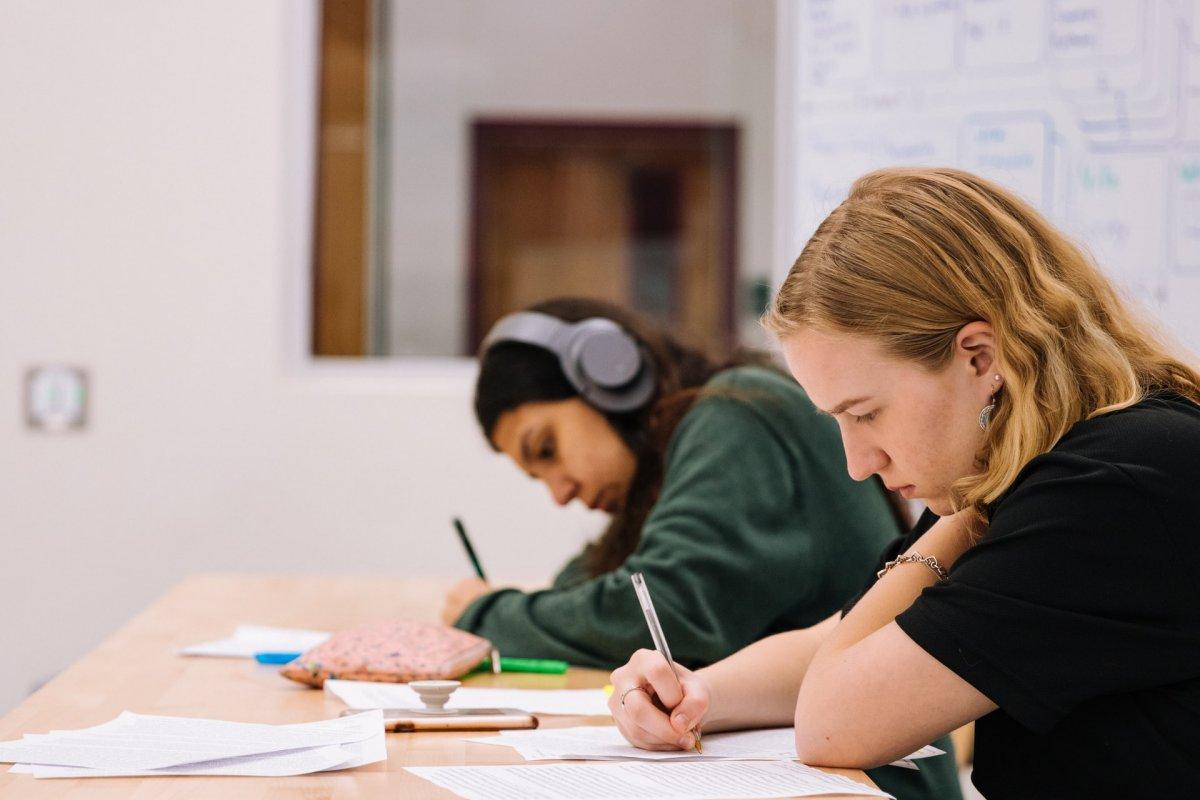
5. Secondary school is concluded by an examination in Poland
No matter if Polish students choose to attend academic or technical institutes, they will end their secondary education with a maturity exam, which is similar to French “baccalauréat” if you have heard of that).
After that, if they obtain their diploma, they can attend higher education.
6. The Polish education system allows for 22 years of continuous schooling!
If Polish students stay in school from the earliest to the latest possible level, they will attend school for… 22 years.
Upper education, from many different paths (academic or technical), leads to a Bachelor’s, a Master’s and/or a PhD degree.
7. Primary school in Poland is divided into two parts
When it comes to primary education in Poland, there are two distinct levels: at the beginning, children will stay with the same teacher, for all subjects, for 3 years. After that, they will have subject-based teaching.
Also, primary school is concluded with a compulsory international competence test.
8. Technical and vocational institutes in Poland last for 4 years
Outside of the classic academic path that is represented by lyceum, or general secondary schools, there are also vocational and technical institutes in Poland.
These types of schools provide 4 years of teaching before leading to a national exam, the “Matura”.
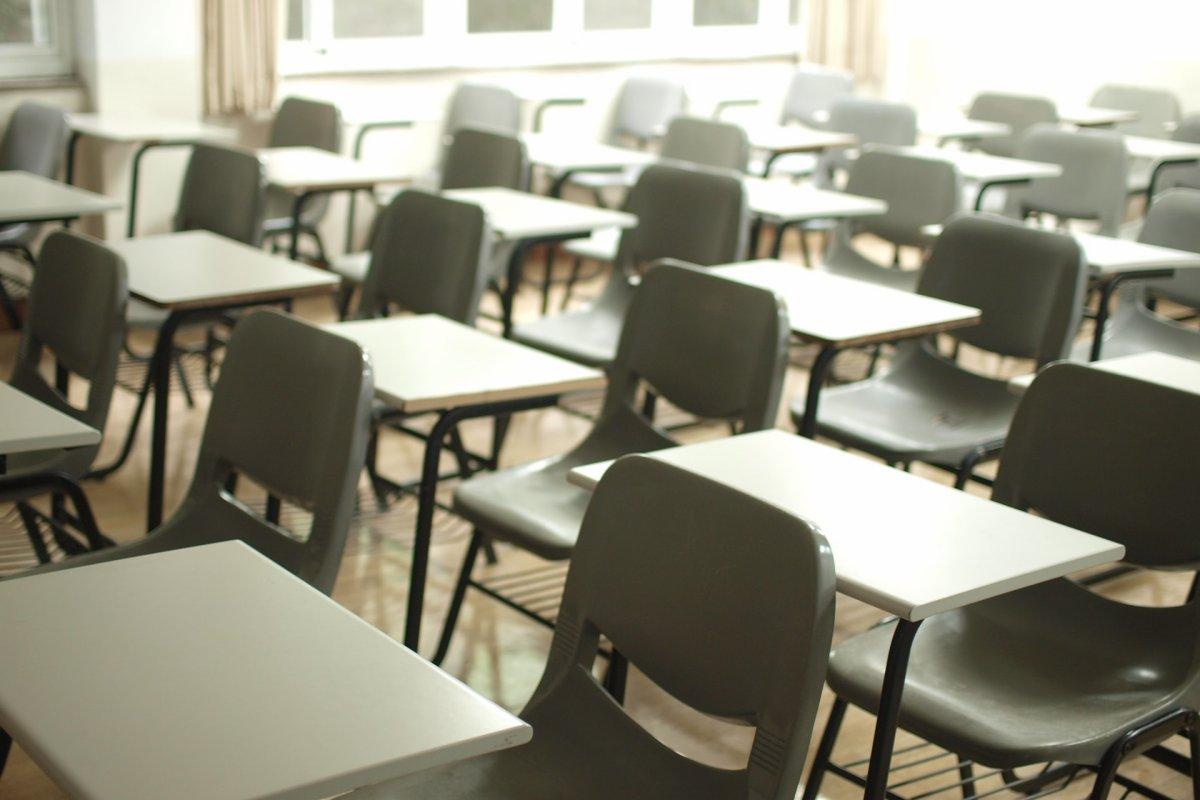
9. Vocational students can choose between basic and technical education in Poland
If a Polish student decides to take on a technical or a vocational path, they have two options: basic vocational schools, that last 2 years and grant a certificate of competence, or technical schools, that last 4 years and that are obviously more advanced.
10. Basic vocational schools students can also pass the Matura in Poland
While basic vocational schools only last 2 years, there is still a way for students to pass the national Matura if they want to.
Indeed, they can either join a general secondary school for 2 years or a technical school for 3 years (since 2004 only).
11. Vocationally-oriented jobs are varied in Poland
Whether students choose basic vocational schools or advanced technical institutes, they will have a lot of choices when it comes to their later job.
Technical schools offer, among others, accountant, mechanic, electronics specialist, and salesperson opportunities. The most popular ones in basic vocational schools are shop-assistant, cook, gardener, automobile mechanic, hairdresser and baker.
12. There are two other types of Polish upper secondary schools that are more specific
Even though general education and technical or vocational institutes are by the far the path most students choose, there are also specific schools in Poland.
Profiled general secondary schools provide vocational education in 3 years, though only in specific fields. Also, mentally and/or physically handicapped students have the possibility to join special schools for 3 years.

13. The Polish higher education system follows the Bologna Process
Just like many other European countries, Poland has chosen to follow the Bologna Process.
This means that its higher education system is similar to that of other countries, with it being divided into two cycles: a three-year bachelor’s degree, followed by a two-year master’s degree.
14. Longer study programs are possible in Poland
If they want to, students in Poland can choose to study even after their master’s degree or choose a longer master’s program.
Some specific master’s degrees are obtained in long-cycle programs that can last between 4 and 6 years, like pharmacy or medicine. They can also pursue their studies and obtain a PhD 3 years later.
15. The Polish grading system is very unique
Personally, I have never seen a system similar to that of Poland in its university-level education.
Grades range from 2 to 5, with .5 point increments. Therefore, 2 is the failing grade, 3 is the lowest passing grade, and 5 is the best possible grade.
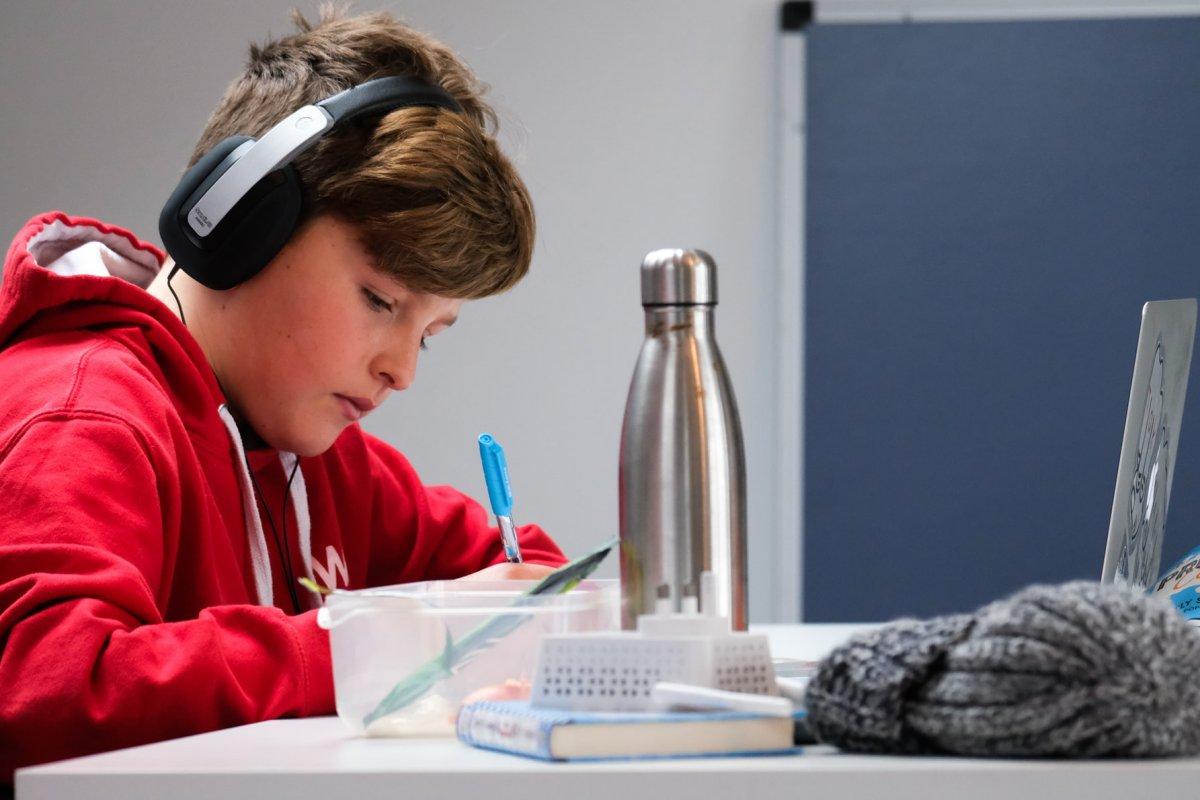
And that is it for the best 15 interesting facts about the education system of Poland…. Wait, did I say 15? Oh yes, because there are 9 more of them, coming right up:
More Facts About Poland School System
There are so many things to say about Poland’s education system that I just could not stop after only 15 facts.
Here, have 9 more facts about Poland’s school system:
16. Polish students can sometimes have special grades
Even though there is no grade 2.5, students can sometimes either negotiate or pass with a “3-” grade.
On the opposite, they can also have an exceptional 5.5 or a 6, to show their work exceeded expectations.
17. Polish students are graded twice a year
Unlike in other countries, Polish students are graded twice a year, not only once.
Each subject has a different way of grading, so the final grade may be either based on a single exam, or on the performance throughout the whole semester.
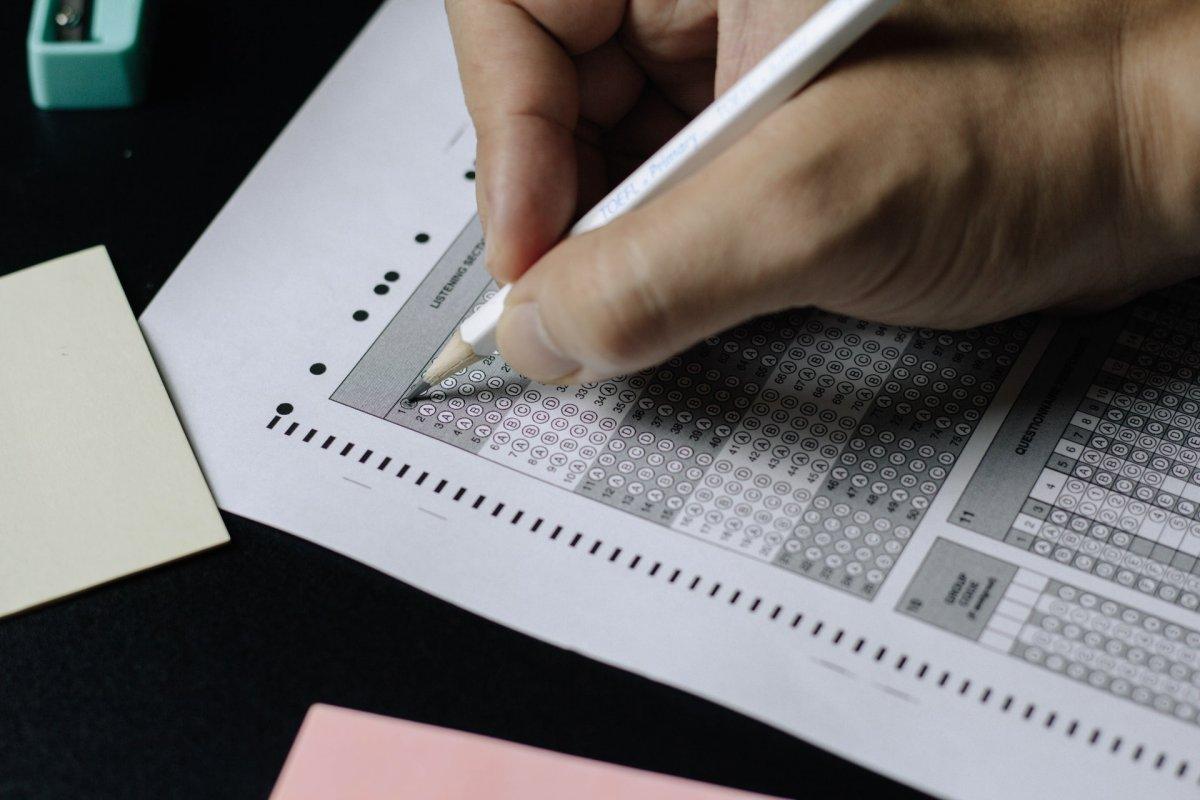
18. Failing a course is not that much of a problem in Poland
If a student in Poland fails a grade, they merely have to repeat a failed subject.
This can relatively easily be fixed by passing a retake exam, or a special “committee exam” in some cases. In fact, it is quite common for students to fail a class on the first attempt.
19. In Poland, students learn one or two foreign languages
When it comes to foreign languages, students in Polish schools most of the time learn one or two of them.
The most popular ones, ordered by the percentage of students, are English, German, French, Spanish, Russian, Italian, and Latin.
20. Since the reform, Polish students have to learn two foreign languages
Now, students in Poland have no choice but to learn two different foreign languages.
The first one is usually English, it is taught three times a week, and it is the language that students must use in some specific exams. The other one is additional but still mandatory, and it is taught two times a week.
21. A tragic event in 2006 made the Polish Ministry of Education launch a “zero tolerance” reform
In 2006, a tragic event happened in a Polish school: a girl took her own life after being sexually molested.
After that and ever since, there is a “zero tolerance” school reform in Poland. This means teachers have the legal status of civil servants, and they will be heavily punished for their violence.
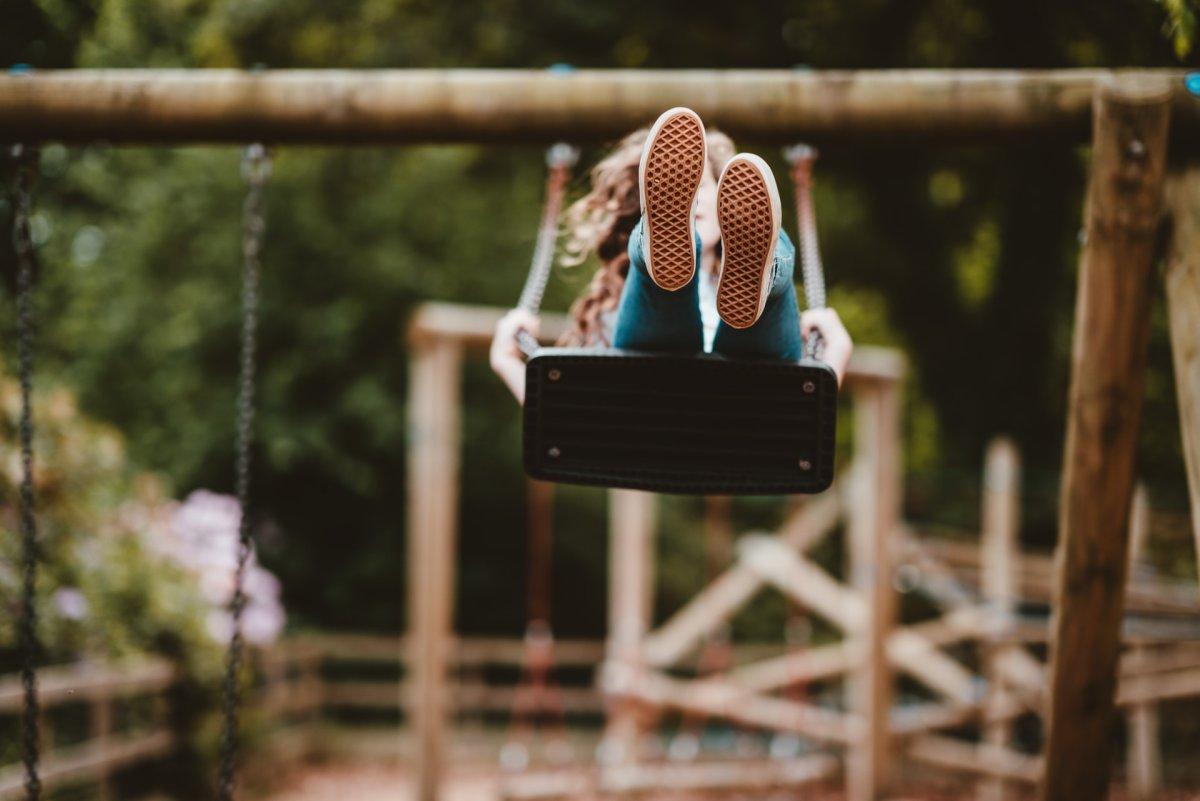
22. To make sure teaching is decent in Poland, there is a teacher accountability
Since 2017-18, there is a way for Polish teachers to be tested: both at the end of their probation period, and after that every three years of teaching, they will pass a teacher performance appraisal.
They will either be rated as outstanding, very good, good, or negative.
23. Public education is free in Poland
Just like in many European countries, public education is free in Poland.
However, for families who cannot afford expenses like school materials, the government still provides supplemental family allowances. This also works for traveling and household expenses.
24. Poland is very modern when it comes to its education
The Polish Ministry of Education and Science has an online educational platform that teachers can use to prepare their lessons and assessments.
These platforms are also very useful for teachers to communicate with their students, or to provide e-textbooks and sample curricula.

So there you have them, these were all my 24 interesting facts about Polish education. I hope you enjoyed them and that you learned something new today.
In case you want to learn more about the rest of the country, feel free to keep reading, as I still have lots of things to tell you about:
Polish School Hours
Let’s keep going with our next part, dedicated to Polish school hours. The typical school schedule in one country can often be very different from your own, and it’s always interesting to have more details on how students go on about their day.
Poland Primary School Schedule
The Polish school year typically runs from September to June of the following year. Students can enjoy three major holiday seasons: winter, spring, and summer. There is also a dedicated break in late December every year.
The Polish school day varies between schools, but most generally it starts at around 8 or 9 AM before ending at 3 or 4 PM. Each school day is 7 hours, including lunch and breaks.
Polish kids go to school from Monday to Friday, just like many other countries.
Education is compulsory until the age of 18 in Poland.
Primary school starts at the age of 7, and it consists of 3 years with the same teacher, before 5 more years with subject-specific teachers.
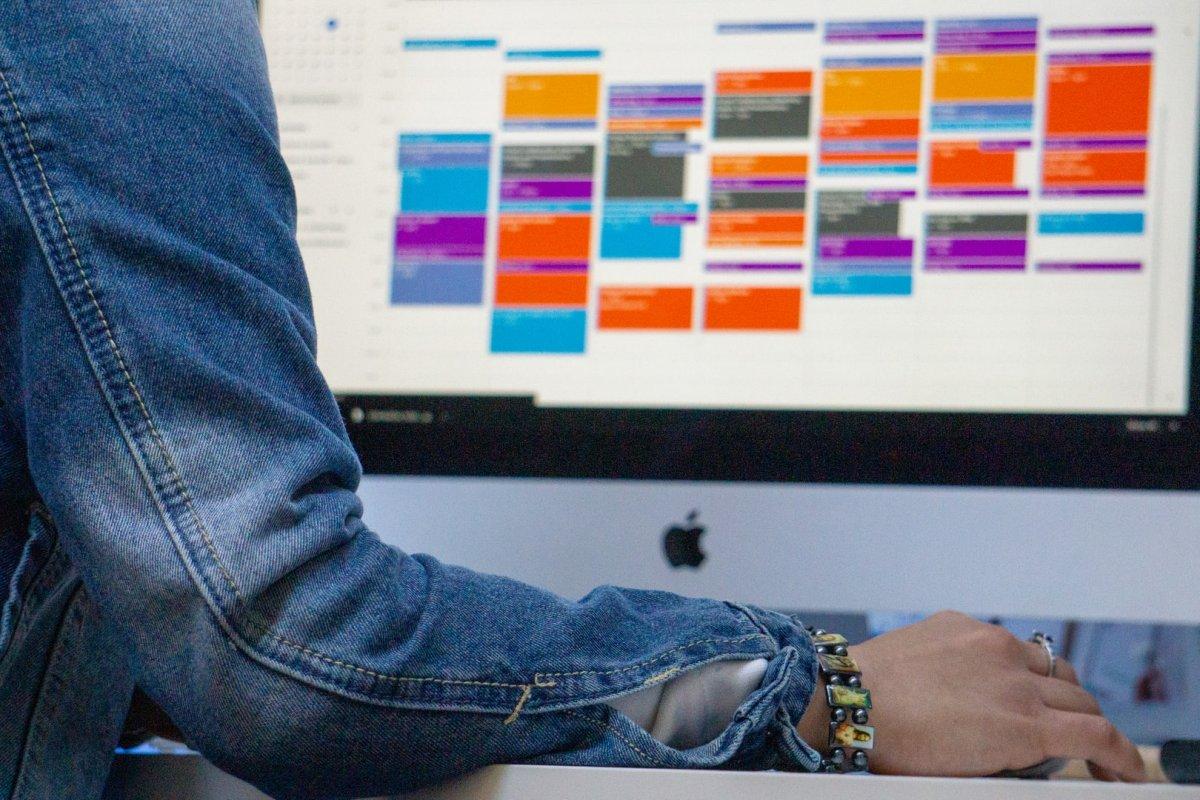
Polish High School Schedule
When it comes to high school in Poland, it used to be divided into two parts: junior high school, which represented lower secondary education, and upper secondary education, which had many forms.
A recent reform changed that though, and now there is no junior high school, so secondary school is just what used to be the upper secondary school.
Students can choose to pursue general education, or many vocational or technical studies.
General Facts About Schooling in Poland
This last part is dedicated to general facts about schooling in Poland. More specifically, we’ll check 2 key figures that will give you a better understanding of the education level in Poland.
Enrollment in tertiary education for Poland: 71.16%
(Average for regions: Sub-Saharan Africa: 8.6% | South Asia: 20.8% | Arab States: 36.4% | East Asia: 36.5% | Latin America: 43.3% | Europe and Central Asia: 62% | North America: 84%)
Data from World Bank EdStats/UNESCO
Poland literacy rate: 100%
(Average for regions: Sub-Saharan Africa: 65.3% | South Asia: 72.9% | Arab States: 79.4% | Latin America: 93.7% | East Asia: 95.8% | Europe and Central Asia: 98.5%)
Data from World Bank EdStats/UNESCO
More Education Facts!
Do you want even more education facts about other countries?
Check out these facts:
Or click here to see ALL the education facts up on the blog!
The Full List of 24 Polish School Facts
- The Polish Ministry of Education was the first one in the world
- Polish education is compulsory at the age of 7
- Poland simplified its education system
- Polish students have many choices when it comes to secondary education
- Secondary school is concluded by an examination in Poland
- The Polish education system allows for 22 years of continuous schooling!
- Primary school in Poland is divided into two parts
- Technical and vocational institutes in Poland last for 4 years
- Vocational students can choose between basic and technical education in Poland
- Basic vocational schools students can also pass the Matura in Poland
- Vocationally-oriented jobs are varied in Poland
- There are two other types of Polish upper secondary schools that are more specific
- The Polish higher education system follows the Bologna Process
- Longer study programs are possible in Poland
- The Polish grading system is very unique
- Polish students can sometimes have special grades
- Polish students are graded twice a year
- Failing a course is not that much of a problem in Poland
- In Poland, students learn one or two foreign languages
- Since the reform, Polish students have to learn two foreign languages
- A tragic event in 2006 made the Polish Ministry of Education launch a “zero tolerance” reform
- To make sure teaching is decent in Poland, there is a teacher accountability
- Public education is free in Poland
- Poland is very modern when it comes to its education
Share the knowledge! Click on the buttons below to share these Polish school facts with your friends, and help them learn more about the world 🙂

![25 Interesting Saudi Arabia Education Facts [100% true]](https://www.kevmrc.com/wp-content/uploads/2022/05/25-saudi-arabia-education-facts.jpg)

